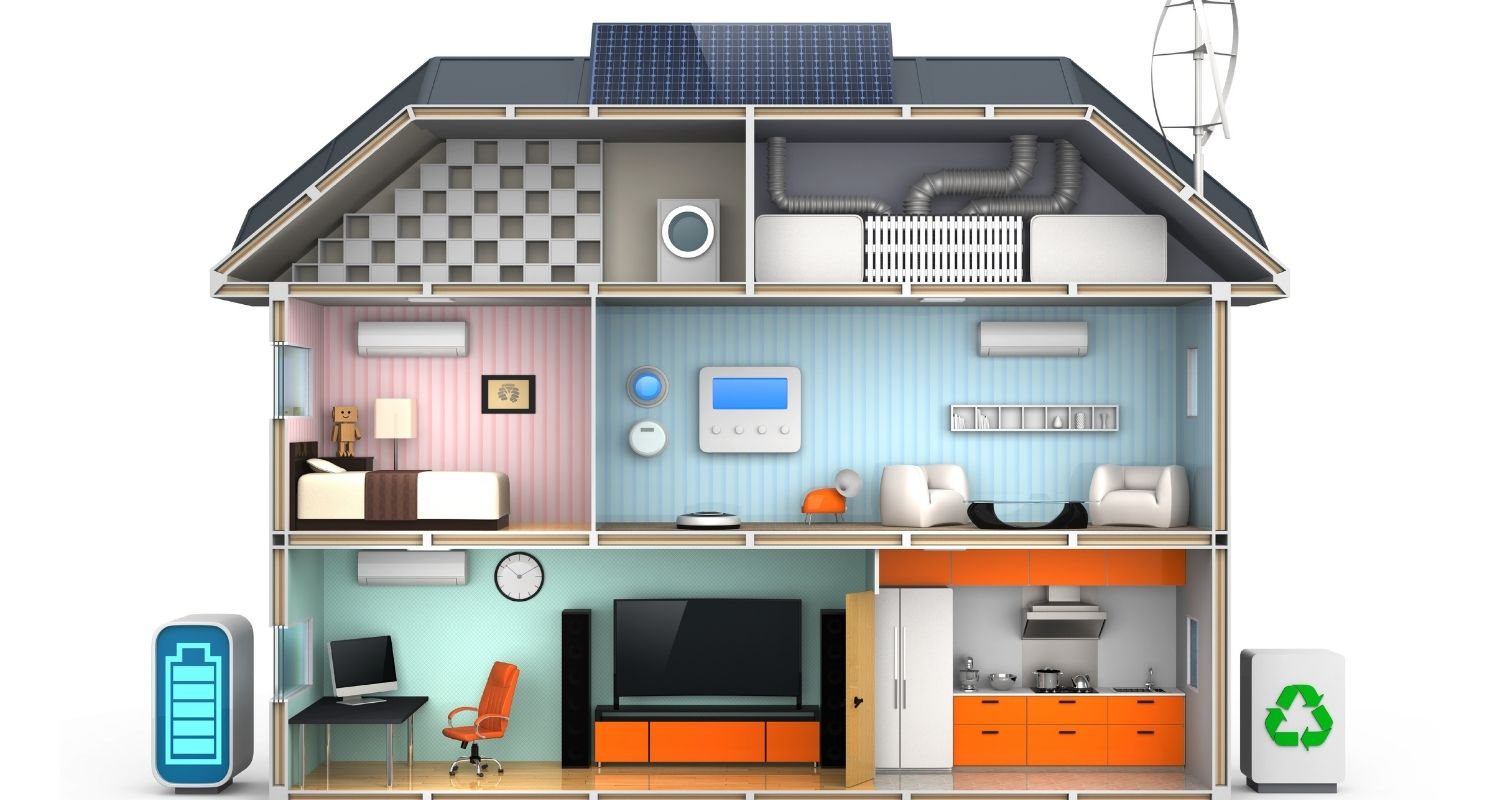
Season 3, Post 36: Houses of the future
We’ve all spent more time than we might have anticipated in our homes over the past year. Even with many countries now reopening, it seems likely that the future will comprise more of a balance between home and the office. Our houses will almost certainly therefore (need to) become smarter.
For one perspective, go to see what IKEA is up to. Say the name to most people and you have an image of self-assembly furniture, but the Swedish business has been experimenting with smart home solutions for some time. Imagine furniture which could wirelessly charge your phone or an ecosystem of speakers, lights and blinds which might communicate with each other. ‘Everyday Experiments’ is a project IKEA launched last year where it partnered with a research lab named SPACE10 with the intention of developing AR/VR initiatives that would help extend the possibilities of what your home might be able to do. Although still conceptual, there is powerful potential in ideas such as being able to designate parts of your home as ‘silent rooms’ or perhaps enlisting the help of a digital avatar to warn of potential privacy threats.
The IKEA approach has generally been one of build-it-and-they-will-come. If digital avatars or smart devices sound too much like the stuff of science fiction, then consider the growing ubiquity of LED lightbulbs. Back in 2015, IKEA became the first major retailer to sell LEDs exclusively. These constitute an easy win for future homes, making them more sustainable. LED bulbs use 85% less energy than incandescent bulbs. Now, over a third of homes in some developed markets use LEDs. By the end of the decade, this figure could be at least double (per data from Statista).
Of course, it may be frivolous to be discussing either digital avatars or LED lights when 20% of the world’s population lack adequate accommodation (per the United Nations). Against this background, how to build homes cheaply also matters. If they can be environmentally friendly, then even better. 3D-printing represents one potential solution. Holcim – the world’s biggest cement-maker – and a UK government development venture are now able to print houses using 3D techniques in just 12 hours. Under a joint venture called 14Trees, houses come off the production line at a cost of around $10,000. They apparently generate 30% less carbon dioxide than competing techniques. Go to Malawi and you can see them live. Other similar projects are underway around the globe.
23 September 2021
The above does not constitute investment advice and is the sole opinion of the author at the time of publication. Past performance is no guide to future performance and the value of investments and income from them can fall as well as rise.
Alex Gunz, Fund Manager
Disclaimers
The document is provided for information purposes only and does not constitute investment advice or any recommendation to buy, or sell or otherwise transact in any investments. The document is not intended to be construed as investment research. The contents of this document are based upon sources of information which Heptagon Capital LLP believes to be reliable. However, except to the extent required by applicable law or regulations, no guarantee, warranty or representation (express or implied) is given as to the accuracy or completeness of this document or its contents and, Heptagon Capital LLP, its affiliate companies and its members, officers, employees, agents and advisors do not accept any liability or responsibility in respect of the information or any views expressed herein. Opinions expressed whether in general or in both on the performance of individual investments and in a wider economic context represent the views of the contributor at the time of preparation. Where this document provides forward-looking statements which are based on relevant reports, current opinions, expectations and projections, actual results could differ materially from those anticipated in such statements. All opinions and estimates included in the document are subject to change without notice and Heptagon Capital LLP is under no obligation to update or revise information contained in the document. Furthermore, Heptagon Capital LLP disclaims any liability for any loss, damage, costs or expenses (including direct, indirect, special and consequential) howsoever arising which any person may suffer or incur as a result of viewing or utilising any information included in this document.
The document is protected by copyright. The use of any trademarks and logos displayed in the document without Heptagon Capital LLP’s prior written consent is strictly prohibited. Information in the document must not be published or redistributed without Heptagon Capital LLP’s prior written consent.
Heptagon Capital LLP, 63 Brook Street, Mayfair, London W1K 4HS
tel +44 20 7070 1800
email [email protected]
Partnership No: OC307355 Registered in England and Wales Authorised & Regulated by the Financial Conduct Authority
Heptagon Capital Limited is licenced to conduct investment services by the Malta Financial Services Authority.



